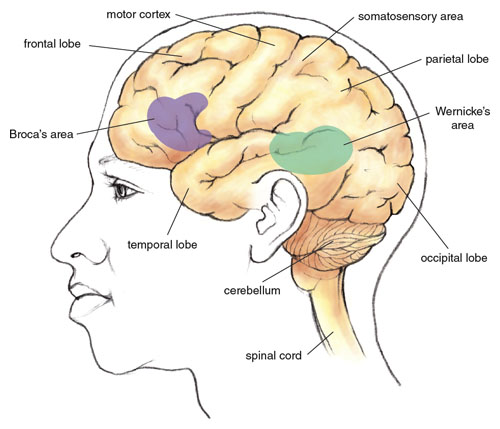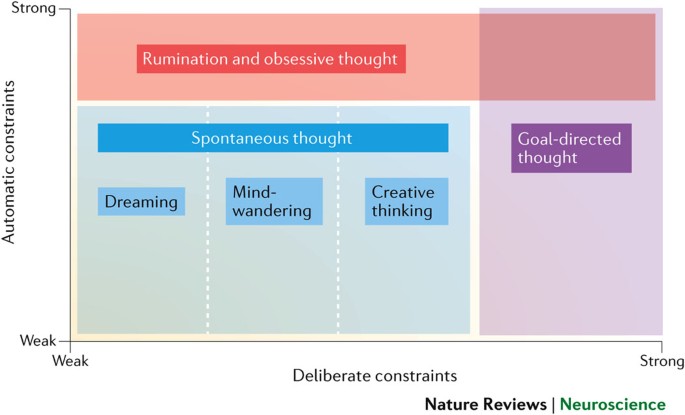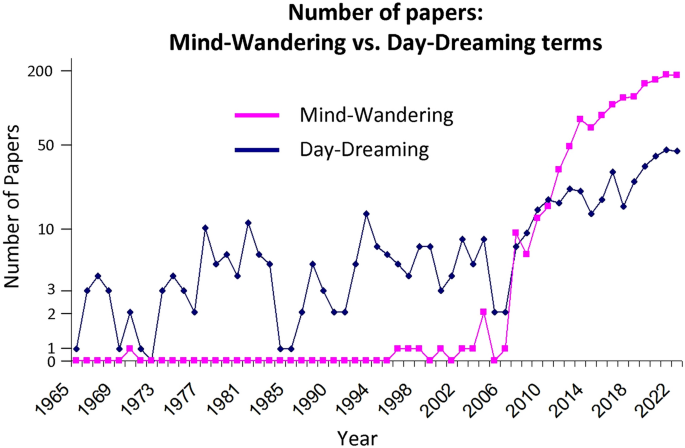Picture this: You’re in the shower, zoning out, and—BAM!—the solution to that problem you’ve been wrestling with all week pops into your head. Congratulations, you’ve just experienced the covert brilliance of mind-wandering.
Read More: Nice Guy Syndrome
Wait…Isn’t That Just Daydreaming?
In everyday language, mind-wandering means your thoughts drift from the task at hand to somewhere completely unrelated. Scientists define it as the brain’s “decoupling” from the external environment (Smallwood & Schooler, 2015). It turns out, when this drifting is structured or intentional, it can supercharge creativity and problem-solving.

The Neuroscience of Wandering
Neuroimaging studies show that when the mind wanders, the brain’s default mode network (DMN) lights up (Christoff et al., 2016). This network links memory, imagination, and future planning—basically, the ingredients for innovative thinking.

In one famous study, participants who took breaks involving undemanding tasks (like simple word games) were more likely to solve creative problems afterward compared to those who kept working or took no break at all (Baird et al., 2012).
Why? During low-demand activities, your mind can connect distant concepts in unexpected ways—essentially, creative matchmaking.
Productive vs. Unproductive Mind-Wandering
Not all mental meandering is equal.

Productive Mind-Wandering:
- Intentional (“I’m going to step away from this and let my mind roam”)
- Focused on a question or challenge in the background
- Often happens during repetitive, low-effort activities—walking, showering, knitting
- Leads to “aha” insights
Unproductive Mind-Wandering:
- Unintentional drifting that interrupts important tasks
- Rumination—replaying past regrets
- Worry spirals about the future
- Often linked to anxiety and lower mood (Killingsworth & Gilbert, 2010)
Think of it as the difference between “sending your brain on a spa retreat” versus “losing it in a dark alley.”
Why It Works
Mind-wandering can:
- Promote incubation: Stepping away lets subconscious processes work the problem (Sio & Ormerod, 2009).
- Boost associative thinking: Links far-apart ideas for novel solutions.
- Reduce fixation: Breaks rigid thought patterns.
How to Harness It
- Choose the right activity – Low-demand tasks are best.
- Prime your brain – Think about the problem before the “wander break.”
- Capture insights fast – Keep a notebook or phone ready.
- Limit unproductive spirals – If thoughts turn negative, gently steer elsewhere.
Fun Reality Check
You’re not “slacking off”—you’re engaging in a mental superpower that Nobel Prize-winning scientists, inventors, and artists have credited for their breakthroughs.
References
Baird, B., Smallwood, J., Mrazek, M. D., Kam, J. W., Franklin, M. S., & Schooler, J. W. (2012). Inspired by distraction: Mind wandering facilitates creative incubation. Psychological Science, 23(10), 1117–1122. https://doi.org/10.1177/0956797612446024
Christoff, K., Irving, Z. C., Fox, K. C., Spreng, R. N., & Andrews-Hanna, J. R. (2016). Mind-wandering as spontaneous thought: A dynamic framework. Nature Reviews Neuroscience, 17(11), 718–731. https://doi.org/10.1038/nrn.2016.113
Killingsworth, M. A., & Gilbert, D. T. (2010). A wandering mind is an unhappy mind. Science, 330(6006), 932. https://doi.org/10.1126/science.1192439
Sio, U. N., & Ormerod, T. C. (2009). Does incubation enhance problem solving? A meta-analytic review. Psychological Bulletin, 135(1), 94–120. https://doi.org/10.1037/a0014212
Smallwood, J., & Schooler, J. W. (2015). The science of mind wandering: Empirically navigating the stream of consciousness. Annual Review of Psychology, 66, 487–518. https://doi.org/10.1146/annurev-psych-010814-015331
Subscribe to PsychUniverse
Get the latest updates and insights.
Join 3,022 other subscribers!
Niwlikar, B. A. (2025, August 18). Mind-Wandering as a Creative Superpower and 4 Key Ways to Harness It. PsychUniverse. https://psychuniverse.com/mind-wandering-as-a-creative-superpower/



